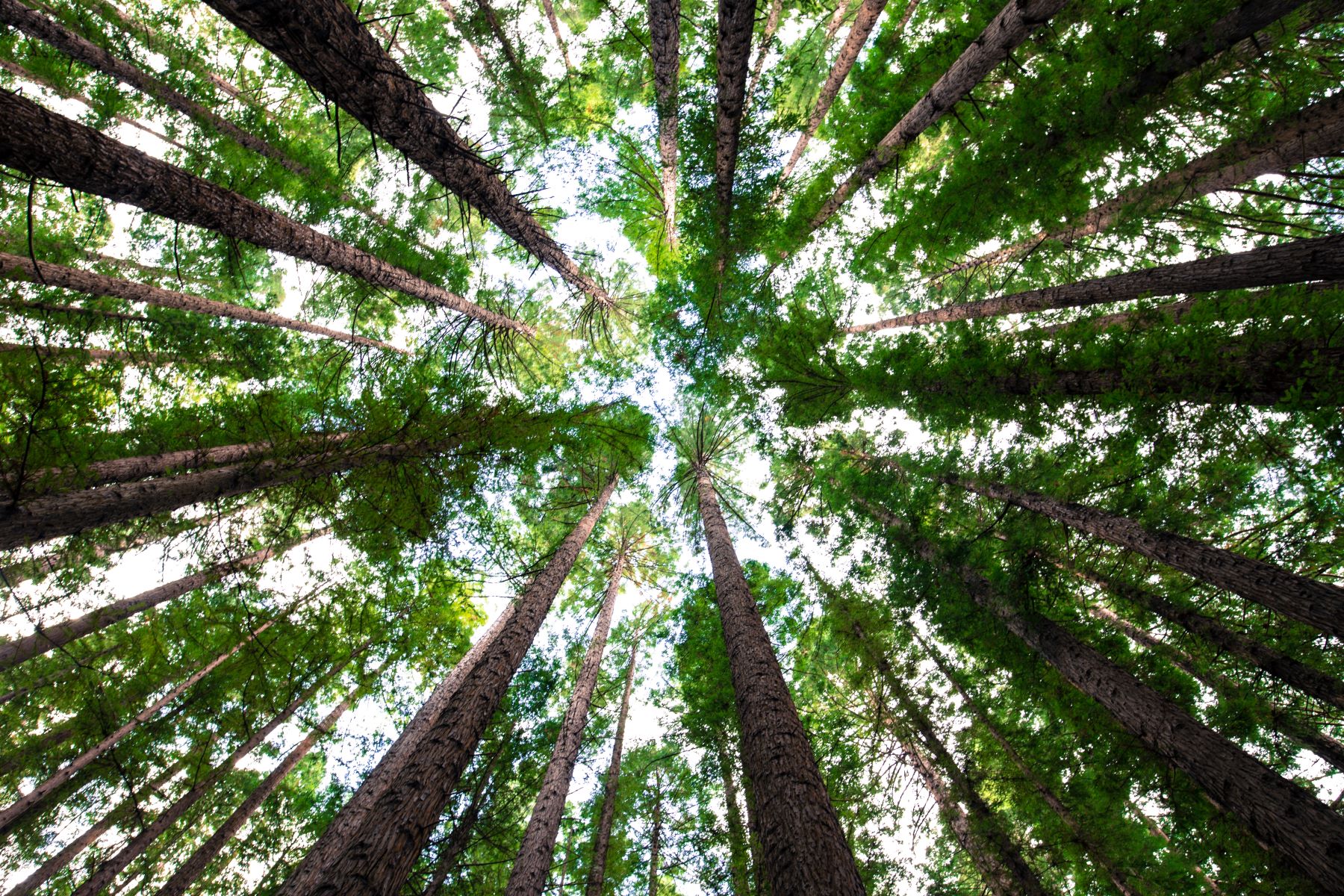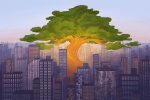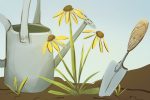The world of literature has seemingly always had a fascination with trees. From transcendentalists such as Hawthorne, Emerson and Whitman, to poets like Shel Silverstein and of course, Dr. Seuss, there’s something about the noble and graceful trees that captures the imagination of academics and artists alike. However, the message always seems to be the same: #SaveTheTrees. Richard Powers’ 12th novel, “The Overstory” stays true to this but with a modern twist.
In context, it only seems right that Powers revamp the standard literary message surrounding our timber-supplying friends. After all, look at the world we live in today. The Amazon, the world’s lungs, is burning at an unprecedented rate, and just about the same can be said of California and Australia. It’s actually so bad that parts of New South Wales have worse air quality than China, the world’s number one carbon dioxide emitter.
With the planet warming, polar ice caps melting and deadly natural disasters from the Gulf Coast to India, it’s clear that we’re experiencing a climate crisis. Urgency is required, and “The Overstory” features plenty of that.
The book follows the journeys of nine — yes, nine — main characters in a revolving cycle of short stories. Each character’s early life experiences instill in them some sort of appreciation for trees that can really only be taught in such a way. But it almost seems as if that’s the sentiment Powers is fighting. He strives to convince people to have more empathy for trees in a world where people watch the Earth die slowly through screens but often fail to internalize it.
For example, Adam Appich’s father plants a tree to represent each of his children in the backyard of Adam’s childhood home. His tree is a maple, sturdy and curious, much like him. Every year, the tree releases helicopter seeds to the wind, to Adam’s delight. His sister Leigh’s tree is an elm, then there’s an ash for his other sister Jean and an ironwood for his brother Emmett.
This is the dynamic of the Appich family: finding the ways in which each member of the house is similar to their respective tree. Adam enjoys this endeavor, until Leigh dies during her freshman year in college, around the same time her elm rots away. Then, Adam is scarred by what he sees as a sinister correlation.
Then there’s Nick Hoel, who inherits two generations worth of photographs. But these aren’t just any photos, they’re daily snaps of the famous chestnut tree on his family farm, which capture the changes in the giant through the years. Comically, Nick notes that there isn’t much change to behold, but that’s when he realizes the true power of the chestnut: It’s everlasting, undying and true to its cause.
As you can see, both of these stories show trees are similar to humans. This keeps in line with one of the main themes of the book, that trees are our brethren. They eat, sleep, reproduce and find creative ways to survive. In this way they’re similar to early humans, and even though Powers is hesitant to characterize them in that light, he probably wouldn’t mind such comparisons eliciting further compassion on the part of humans.
In Powers’ work, trees are something more entirely. They’re aware, and they defend themselves and each other. When one tree dies, the surrounding ones become weaker as if they’re in mourning. When one’s roots become weak, it merges roots with another. Trees are also beacons of hope, with personalities of their own, as they help tell time and even predict the future.
“The Overstory” also illustrates how the relationship between humans and trees is one sided. Trees give humans shade, oxygen, wood for building homes, fruit and more. Meanwhile, as all nine main characters come to find, humans slaughter trees en masse for their own needs as deforestation contributes to climate change and robs ecosystems of vital pillars of their communities.
This is where Powers’ comparisons fall short. While he is successful in illustrating the similarities between trees and humans, he fails to acknowledge the depth of the depravity of mankind. Take the Yemen humanitarian crisis for example or the deep corruption in any developing country that keeps an entire populace starving. Or even the sheer number of homeless people in the United States. More often than not, humans can’t even take care of themselves, let alone trees. The fact that Powers would have us see trees as our own does nothing to help them and only subscribes to a school of “dark optimism,” according to The Atlantic.
However, just as an overstory is a canopy made by connecting trees, “The Overstory” sees the characters introduced as separate entities come together to fight deforestation as a collective. They look to protect the legendary redwoods of Northern California from profit-minded loggers by tree-sitting for days on end.
Written by anyone else, this could be perceived as a corny superhero roundup, or the tacky heist team assembly. But instead, Powers’ careful characterization and character development treats each character as their own flower, delicate yet important with their own role to play. The book also takes a turning point in each character’s development where their previous experiences culminate in their becoming activists in their own way.
Examined under a larger lens, the characters’ assembly could be Powers’ response to any anticipated critiques of his argument. It’s as if he acknowledges the shortcomings of his initial standpoint and clarifies that to solve the contemporary environmental dilemma it will have to be a collective effort. It will bring together people of all types and backgrounds for the future.
In the end, the activists fail to stop the loggers, but even this helps Powers achieve his status as a self-promoted “historian of contemporary society.” By having his characters fall short of their goals, he sends out a call to action. Not to completely abandon society in the literal sense like in “The Overstory,” but to make the changes necessary to prevent further damage.
The most compelling aspect of his Pulitzer Prize winning epic is its ability to wrap all the elements together and pose the powerful questions that face us: What is wrong with humanity, and how can we create a better world? The answer: Look to the trees.
















